Advances in Polymer Nanocomposite Technology
Polymer nanocomposites have revolutionized the research effort in the field of composites as they lead to the achievement of synergistic effects from the organic and inorganic components of the system and have led to the expansion of the spectrum of application of the commodity polymers to more advanced high end applications. Although a number of successful systems could be achieved, the inorganic filler still could not be optimally dispersed on nanometer scale in non polar polymers. Also, the thermal degradation of the surface modification of the inorganic component disturbs the organic inorganic phase compatibility and hence the resulting composite properties. In recent years, many new techniques have been employed to overcome these problems which include more advanced modification protocols of the inorganic filler, development of more thermally stable surface modification and altogether new synthesis technologies for polyolefin nanocomposites. There has also been a constant need to compare the composite properties with the property models and hence to be able to predict the properties of the similar systems in advance. However, until now, the conventional models developed for conventional micro composites were used, which in no way maps the nanocomposite systems. The recently developed statistical as well as finite element methods focusing the real nanocomposite morphologies have been more helpful for this purpose. Though a tremendous research focus lies on these polymer systems, there is also a need to give some attention to more environmentally friendly nanocomposite systems and to develop methods to achieve proper recycling.
{{comment.content}}
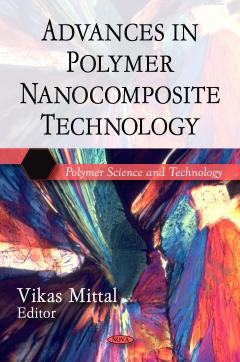

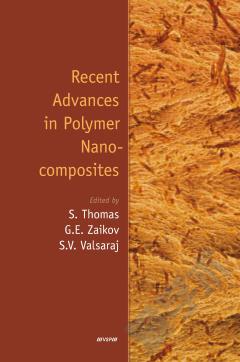

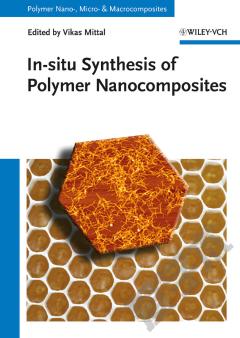
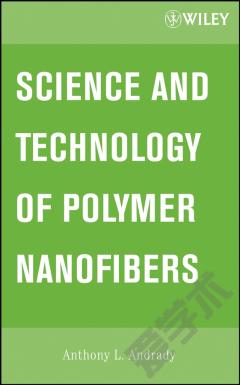
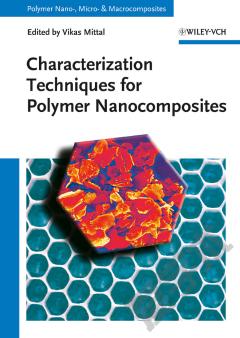

 京公网安备 11010802027623号
京公网安备 11010802027623号